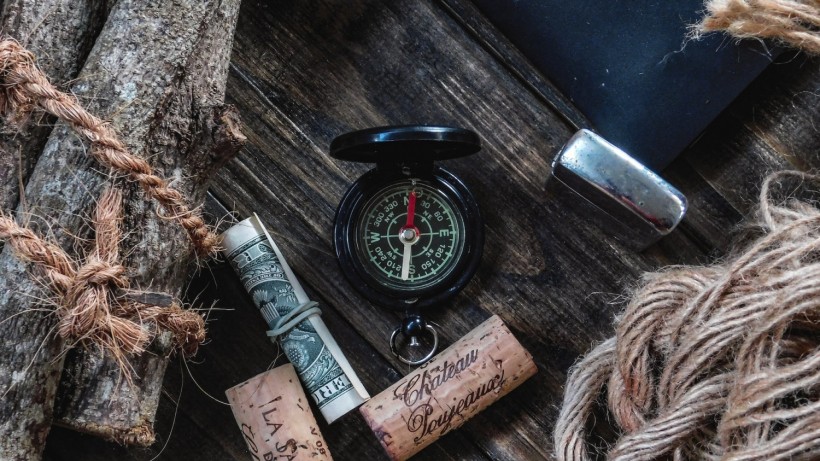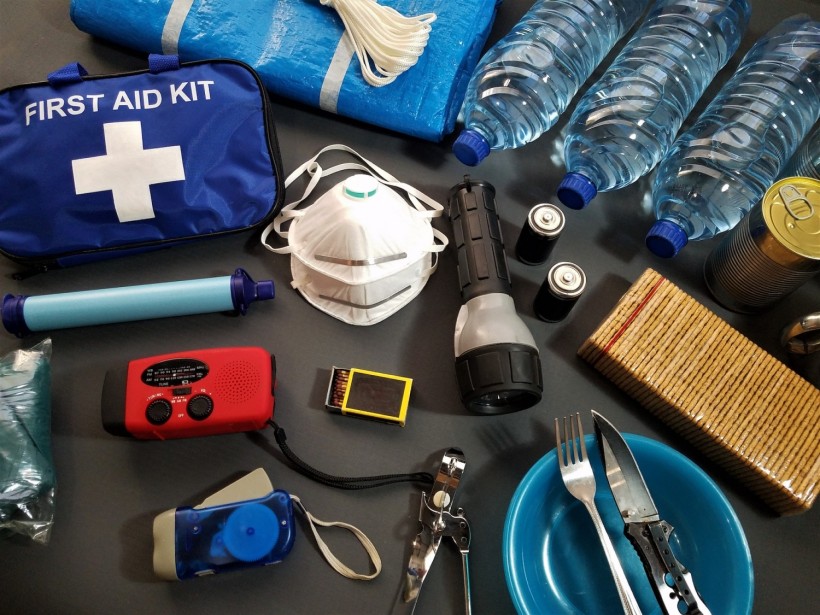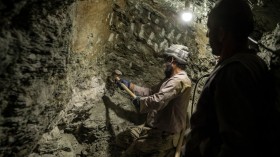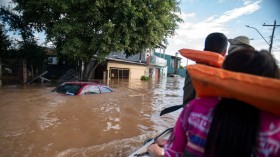Preparedness and being constantly alert are two characteristics that a person should need to own when experiencing disasters and accidents. You can save your own life and the life of others when you have these two. And, by being prepared, this means grabbing a survival kit that contains all the essential supplies that can help you during emergencies.
In some cities or countries that are prone to natural disasters and calamities, it's crucial to have a 'go bag' that serves as your survival kit. This should contain all the things you need when you experience any unprecedented situation. Fortunately, there are many online stores offering these items; you can look at the SAM Medical page or other similar websites and check out your options.
If you're thinking of preparing a survival kit, here are some of the items that you need to invest in.
1. First-Aid Kit
The first thing you need to prepare for during calamities and disasters is a first-aid kit. You should have something to help treat injuries like those from Prepared Bee in case a clinic or hospital isn't instantly accessible. No matter where you're stuck, or at what time or condition, you can have access to the most basic medical items that are useful in treating wounds, ailments, and minor diseases.
It's important to include a first-aid kit in your family home, as well as your backpack survival bag. This should consist the following:
-
Basic First-Aid Manual
Your survival depends greatly on how you'll act in the most crucial seconds or minutes of your life. By having a medical guide to assist you during accidents or any untoward incident, you can instantly read and follow the directions in this manual. This is especially a great resource for children who need to know what to do when caring for a wounded patient in a family setting.
-
Medicines For Flu Or Headache
Your first-aid kit should contain basic medicines for flu and headache, and some painkillers. If you're trapped in a situation where you feel pain but can't go to the hospital, you should have these instant relief medicines to make you feel better instantly.
-
Bandages
Accidents could cause injuries, wounds, and cuts. In such cases, your first aid kit should contain bandages. In the event of soft tissue damage or a fracture, the bandage can also act as an arm sling.
-
Scissors
To complement the use of bandages, your first-aid kit should have scissors.
-
Antiseptic Solution
To prevent infections from spreading, apply an antiseptic solution to cuts, grazes, and open wounds. It'll stop the bacteria that may delay wound healing.
-
Thermometer
This is necessary if any of your family suffers from fever in accidental situations.
-
Cold Pack
People who experience swelling or skin reactions can use a cold pack to soothe discomfort and pain.
If you miss any of these items, your first-aid kit won't be able to fully serve its purpose.
2. Flashlight
Flashlights are necessary to provide illumination when you're trapped in enclosed or secluded areas. Invest in sturdy and indestructible types that fit indoor and outdoor settings. Some come with many special features and can withstand external elements, like water. You can either go for a flashlight that's powered by batteries or can be recharged through electricity.
There are different designs and sizes of flashlights to choose from. Some are hands-free or can be worn on your head. A flashlight will reassure you during the darkest moments by enabling you to see your environment. So, wherever you're stuck, a flashlight will serve as your guide and hope.
3. Swiss Army Or Pocket Knife
An emergency kit won't be complete without a portable multi-tool. The components of this device are useful for eating, opening canned goods, cutting through clothing, and more. Invest in a Swiss army or pocket knife because they're portable, sharp, sturdy, and extremely helpful in challenging situations.
4. Rope
If you're going for a trek or outdoor activity, your survival kit must include a few meters of rope. In emergencies, a rope can be used in various ways-as a lifeline, a rappelling tool, for carrying or transferring items, etc. Ensure to bring thick and robust ropes in your survival kit bag before you head on your trek.

5. Whistle
When trapped somewhere and you need to ask for help from rescuers, it can be difficult to use your own voice to shout loudly for an extended period of time. What you can do instead is blow a whistle. This is enough to alert the rescue team of your existence and your call for help. Fires and earthquakes can cause people to get trapped under debris, so having a whistle to alert rescuers can save your life.
Conclusion
Anything can happen anytime and anywhere. It's important to always be well-prepared in case fires, earthquakes, storms, and other natural disasters happen. It takes great care and precision to stock a survival kit. Hopefully, with the guide above, you can prepare the most practical and useful survival kit for any emergency.
© 2024 NatureWorldNews.com All rights reserved. Do not reproduce without permission.
* This is a contributed article and this content does not necessarily represent the views of natureworldnews.com






